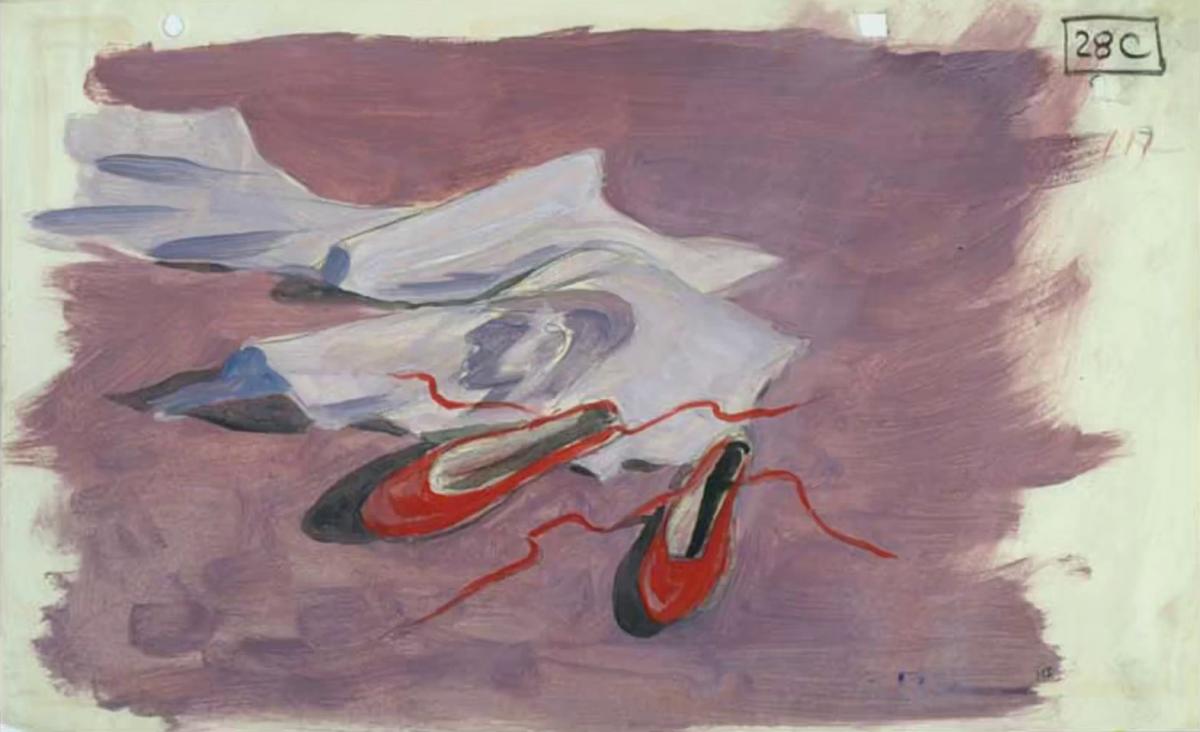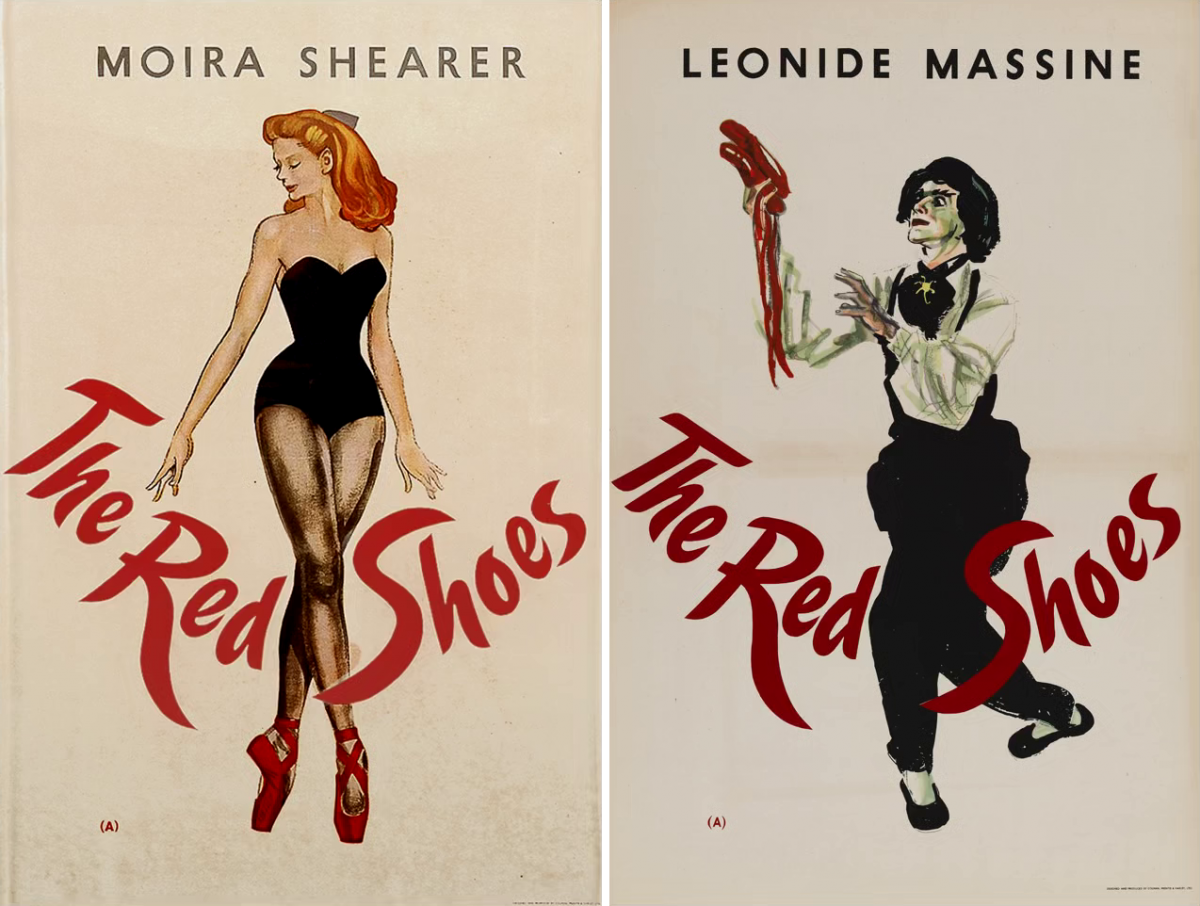
A young ballet dancer is torn between the man she loves and her pursuit to become a prima ballerina.
Boris Lermontov: Why do you want to dance?
Victoria Page: Why do you want to live?
Boris Lermontov: Well I don’t know exactly why, but I must.
Victoria Page: That’s my answer too.
“I saw The Red Shoes (1948) aged nine or ten. My father took me. Seeing it that first time was an overwhelming experience for me. My father, who worked in the garment district in New York, certainly wasn't an educated man but he did like films. For some reason, he took me to see The Red Shoes. I certainly don't think he was a ballet enthusiast. I believe that the film had picked up an audience here in America. Everyone was talking about it and so he wanted to see it. [...] The colour, the way the film was photographed by the great Jack Cardiff, stayed in my mind for years. The film would be shown every Christmas on American television in black and white, but it didn’t matter – we watched it. Even though it was in black and white on TV, we saw it in colour. We knew the colour. We still felt the passion – I used to call it brush-strokes – in the way Michael Powell used the camera in that film. Also, the ballet sequence itself was like an encyclopedia of the history of cinema. They used every possible means of expression, going back to the earliest of silent cinema.”
Martin Scorsese1
“At a time when ‘realism’ was the fetish of so many filmmakers and critics throughout the world, this was a bold gamble. It was the same gamble that Eisenstein had taken in his operatic Ivan the Terrible, that Ophüls would soon take in La ronde (also with Anton Walbrook), and that Kelly and Donen took in Singin’ in the Rain. None of these received their critical due when they first appeared. But the passage of time has shown them to be among the most powerful and evocative of all films. The Red Shoes belongs in their company: a parable about the demands of art, as well as a stunning demonstration of cinema’s claim to have united the traditional arts in a new synthesis.”
Ian Christie2
“Because I lived in the country during the war, I saw films for the first time in London circa 1945/1946 . . . I saw Nanook of the North and The River around this time and both left distinct images in my memory. But, in common with many other girls at the time and, indeed, ever since, I would choose The Red Shoes as my first formative film.”
Laura Mulvey
“Over the years, there have been several movies in which attempts have been made to capture the spirit and the beauty, the romance and the enchantment of the ballet. And, inevitably, in these pictures, ballets have been performed, a few times with charm and sincerity but more often - and unfortunately - without. However, there has never been a picture in which the ballet and its special, magic world have been so beautifully and dreamily presented as the new British film, The Red Shoes.
Here, in this unrestricted romance, which opened at the Bijou yesterday, is a visual and emotional comprehension of all the grace and rhythm and power of the ballet. Here is the color and the excitement, the strange intoxication of the dancer's life. And here is the rapture and the heartbreak which only the passionate and the devoted can know.”
Bosley Crowther3
“I think as a filmmaker, [The Red Shoes] speaks to anyone who is very devoted to an artistic pursuit, that you are drawn in into this addictive world and it takes you over. You become obsessed with it and it's very difficult on your personal life. So for me, it was the dilemma that Moira Shearer is in, that she's torn between the desire to be with her husband and also to be a great ballet dancer, is very relevant to me, personally. And also the portrayal of how artists work together to create a great work of art is beautiful laid down in the film. I don't think anyone has done it better, the way many people contribute and how one person has to sort of guide them and lead them, and something beautiful comes out of it. [...] Well Michael Powell always said: ‘All art is selfish, it has to be. It has to draw you in completely. You have to fully engage your very being in order to make good art.’ I think there is no question that art is a wonderful thing to commit yourself to but it's a little hard on the people you live with. [...] Making a film is like being in a small war. You're all fighting together, something beautiful laid down on film. You're often fighting the people who are funding it because they want you to change it and you think they are going to ruin it. You're constantly fighting and struggling together as a wonderful team. So it’s a great experience and we make livelong friendships in the way people do in war.”
Thelma Schoonmaker4
“By now, reader, it can be no secret between you and me that The Red Shoes was another step, or was planned by me as another step, in my search for a perfect film, on other words for a ‘composed’ film.”
Michael Powell in his autobiography5
From the production and costume designs of The Red Shoes:

Two lobbycards used as promotion for The Red Shoes

Martin Scorsese on the restoration of The Red Shoes
- 1Martin Scorsese, “Martin Scorsese: 'The movie that plays in my heart',” The Independent, 15 May 2009.
- 2Ian Christie, “The Red Shoes,” The Criterion Collection, 24 May 1999.
- 3Bosley Crowther, “The Red Shoes,” The New York Times, 23 October 1948.
- 4Thelma Schoonmaker on the extras of the Criterion BluRay edition of The Red Shoes.
- 5Michael Powell, A Life in Movies. An Autobiography (Methuen: London, 1987).

